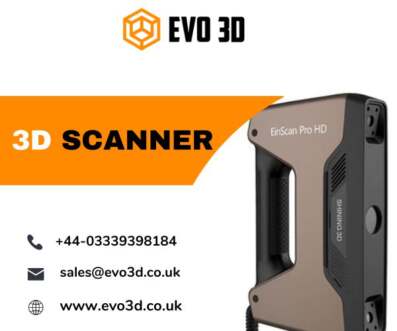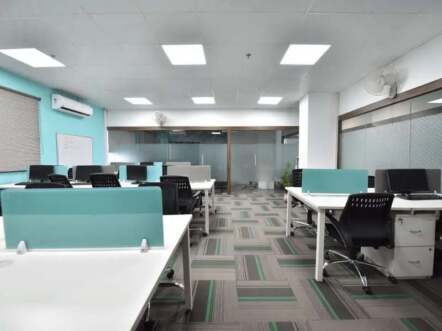
The Ultimate Guide to Finding the Best Large Format 3D Printer: Printing in Grand Designs
The advent of large-format 3D printers has created a new horizon for additive manufacturing. Consider thinking about the possibility of producing items within the scope of conventional production techniques – from architectural models up to life-size furniture pieces and prosthetic devices. This guide is for those who are going big with their 3D prints or need them done on a larger scale than ever before.

What is “Large”?
Before we get started, let’s set some ground rules. In consumer 3D printers, the word “large” is relative. Typically, any printer with a build volume over 400 x 400 x 400 mm (15.7 x 15.7 x 15.7 inches) is considered a large format as it offers a substantial increase in printable object size compared to standard desktop machines.
Find out About Your Needs
Begin with a well-defined vision of what you want to do with printing. What kind of things will you make? What materials should they be made from? There are several important factors to consider when buying the best large format 3D printer:
● Build Volume: This is very important because it determines how big it is at once. Measure the largest thing that you plan on making and ensure that it will fit comfortably within the printer’s build volume, leaving some space for error or future projects that may require larger sizes.
● Printing Technology: 3D printing technology is as diverse as it is exciting. Each type has its strengths and weaknesses in terms of resolution, speed, cost, etc. Here are some options commonly used by large-format printers:
● FDM (Fused Deposition Modeling): This is the most widespread technology that works by extruding plastic filament layer-by-layer until a shape is formed. A wide range of filaments can be used, however, this method might lack fine details or smooth surface finishes when compared to other techniques.
● SLA (Stereolithography): SLA printers use lasers to cure liquid resin into solid layers in high-quality prints with very smooth surfaces like an industrial 3D scanner. It should be noted though that resins are more expensive than filaments and they need special handling too.

● SLS (Selective Laser Sintering): In SLS machines, lasers are employed for heating powdered material such as nylon or metal so that strong functional parts can be produced later on. However, this tends to be the most expensive method available out there.
● Resolution: The resolution of a 3D printer refers to the layer thickness and detail level it can produce. High resolutions result in smooth surfaces and fine details but take longer to print.
● Materials: Think about the materials you will need for your projects. FDM printers have the most material options available, while SLA and SLS printers have more specialised choices.
● Budget: Large format 3D printers are expensive. Set a budget that reflects this investment, and keep in mind ongoing costs such as filament, resin, or powder depending on the technology.
● User Friendliness: How much do you like tinkering with things? Some large format 3D printers require high technical skill levels to operate and maintain them well.
Research and Comparison of Printers
At this point you should have an idea of what you need, now it’s time to do some research on different models. Here are a few places to start looking.
● Online Reviews- Read reviews from other users for real-world information about how well the printer works, and if it is reliable and easy to use.
● Manufacturer Websites– Most manufacturers will have detailed specs sheets for their printers and even customer support options.
● 3D Printing Forums– There are many communities online where you can find people who have experience with these machines and may be able to offer advice based on your specific situation or problem.
Other Things to Consider:
Apart from the main features, there are a few other things that you might want to think about:
● Compatibility with Filaments (FDM):Ensure that the printer is compatible with the types of filaments that you wish to use. Some allow for filament systems while others only accommodate proprietary filaments.
● Double Extrusion: Is it necessary for you to have the capability of printing using two different materials to achieve added functionality or colour combinations?
● Heated Bed: A heated bed helps objects from warping and enhancing print quality especially when dealing with larger prints.
● Enclosure: An enclosure could help maintain consistent printing temperatures and also reduce fumes emitted by ABS filaments used in FDM printers.
● Connectivity: Think about WiFi connectivity or USB connection to make file transfer easier and enable remote management of print jobs.
● Customer Support: It’s important to have access to reliable customer support services when troubleshooting or ensuring a smooth printing experience.
To Sum Up,
One large 3D printer cannot possibly be the best. Rather, what would suit you most depends on your needs and budget. You will have all that you need to select an appropriate machine to enable large-scale 3D printing by thoughtfully thinking about those aspects stated above . Don’t forget that this is a step towards fostering creativity and innovation within yourself. So enjoy creating!





















